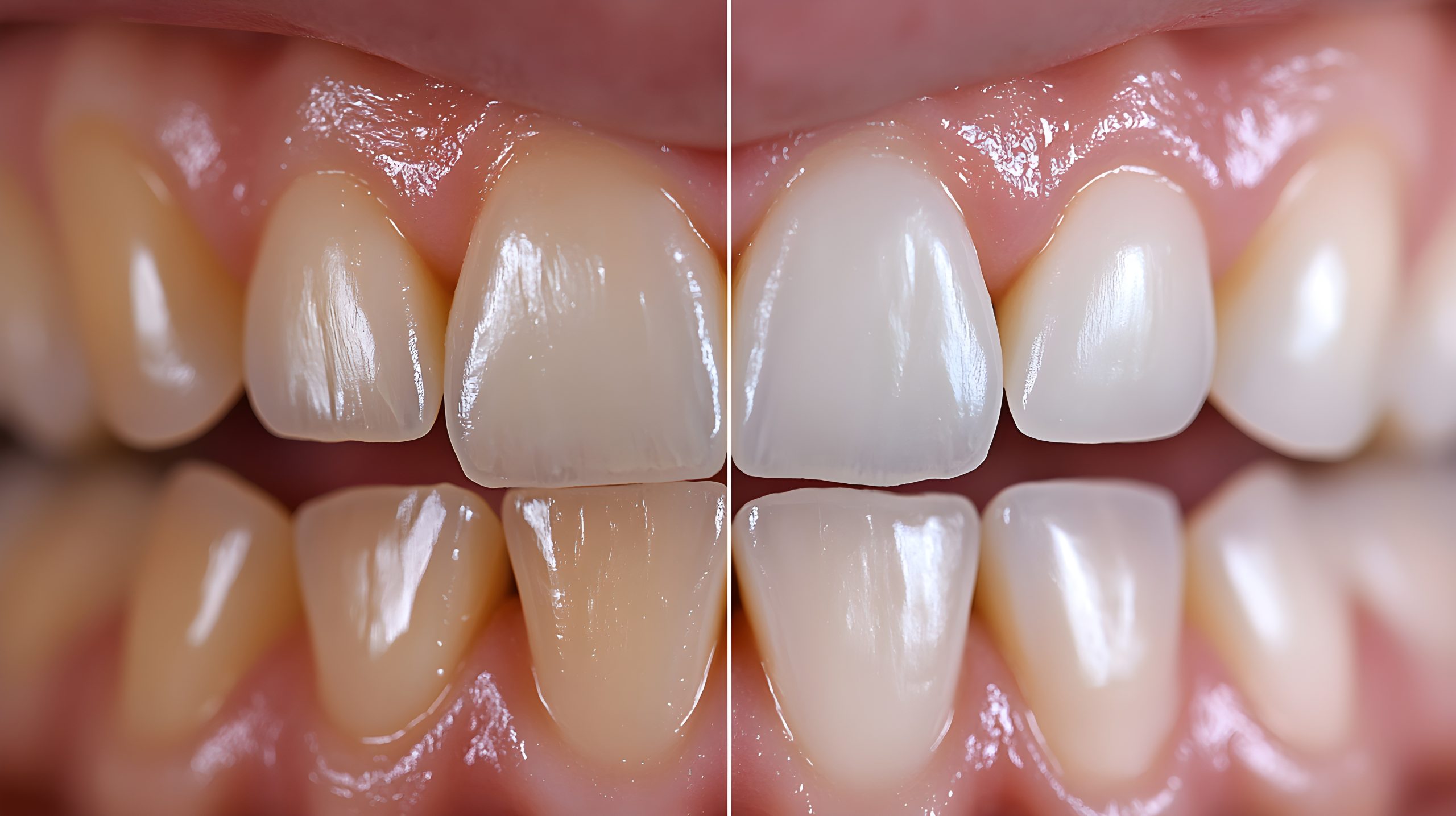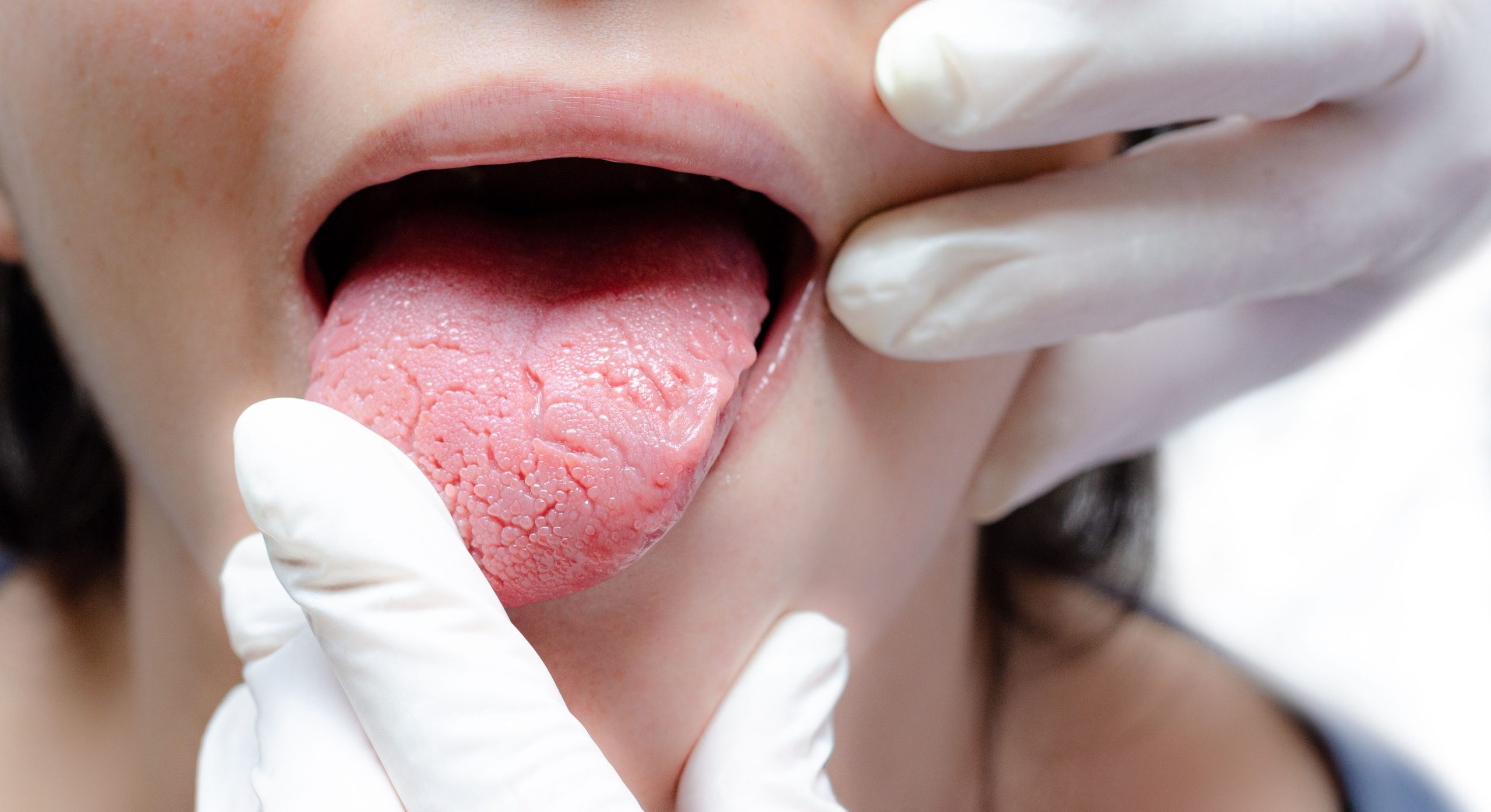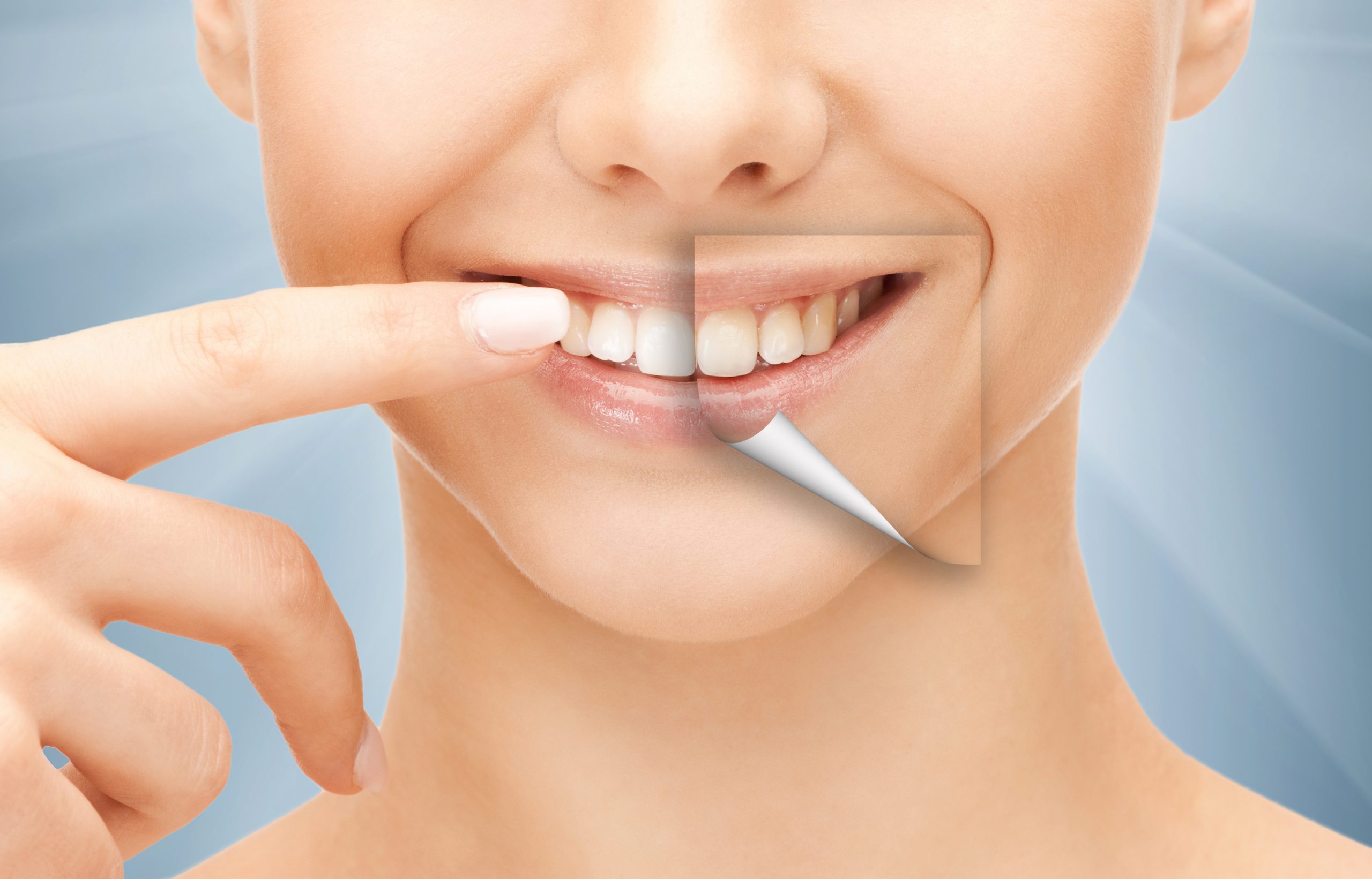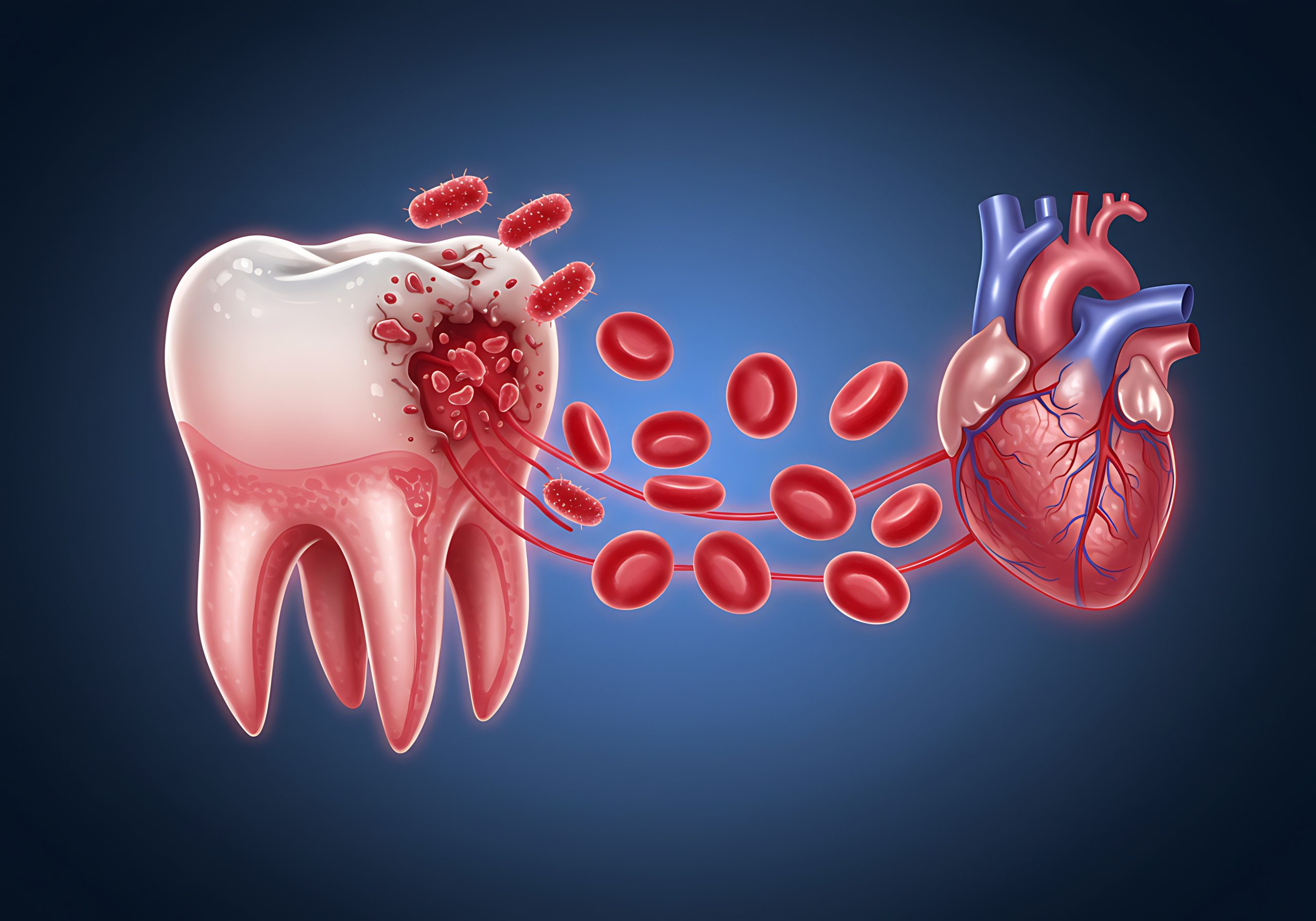When it comes to maintaining a healthy, confident smile, understanding the difference between plaque vs tartar is fundamental. What starts as a soft, invisible layer on your teeth can harden into a stubborn crust that contributes to tooth decay, gum disease, and many other oral health issues. At Sai Yashoda Dental Care, we believe that knowledge empowers prevention—so let’s break down the science behind how plaque becomes tartar, why it matters, and how you can protect your teeth.
What Is Plaque?
Plaque is a sticky, colorless film that constantly forms on your teeth. It’s composed of:
- Bacteria: Natural mouth flora feed on sugars and starches you eat, producing acids as byproducts.
- Saliva proteins / food particles: These adhere to your tooth surfaces and help form the plaque matrix.
- Extracellular polysaccharides: Bacterial “glue” substances that help the biofilm cling to enamel.
Throughout the day, plaque builds up—especially in hard-to-reach areas like between teeth, near the gum line, and in crevices on molars. If not removed regularly, it accumulates and thickens. In essence:
Plaque = soft, living biofilm that you can generally remove by regular brushing and flossing.
How Plaque Turns into Tartar
The transformation from plaque to tartar (also called calculus) is a process of mineralization. Here’s how it happens:
- Untreated plaque remains on the tooth surface for hours or days.
- Minerals from your saliva—primarily calcium and phosphate—begin to deposit within the plaque matrix.
- Over time, those mineral deposits crystallize, making the whole structure much harder.
- As it hardens, the plaque becomes tartar, firmly bonded to the enamel.
This mineralization can begin within 24 to 72 hours of plaque formation. Once fully formed, tugging or scraping at tartar with a toothbrush is ineffective.
So:
Tartar = mineralized plaque, hard and bonded, not removable by brushing alone.
Why Tartar Is Harmful
Once plaque mineralizes into tartar, it changes the dynamics in your mouth—and not for the better:
- Gum Inflammation & Periodontal Disease: Tartar sits at and below the gum line. It irritates gums, making them red, swollen, and prone to bleeding (gingivitis). If untreated, it can progress to deeper periodontal disease.
- Cavity Formation: The rough surface of tartar offers niches for more plaque to cling and grow new bacteria colonies, which release acids that erode enamel and cause cavities.
- Bad Breath (Halitosis): Bacterial metabolism in tartar-rich zones can emit foul-smelling gases.
- Gum Recession & Bone Loss: Over time, the chronic inflammation from tartar buildup can cause the gums to pull away and in severe cases, lead to bone loss around teeth.
In short: tartar is more than a cosmetic issue—it’s a health risk.
Prevention Tips (Plaque vs Tartar Focus)
Because tartar is hard to remove once formed, prevention is key. Here are effective oral hygiene tips:
- Brushing
- Use a soft-bristled toothbrush and fluoride toothpaste.
- Brush at least twice a day, and spend about two minutes.
- Pay special attention to gum lines, back teeth, and hard-to-reach surfaces.
- Use a soft-bristled toothbrush and fluoride toothpaste.
- Flossing / Interdental Cleaning
- Floss daily (or use interdental brushes) to remove plaque between teeth before it mineralizes.
- Don’t skip between-tooth areas—they are frequent plaque traps.
- Floss daily (or use interdental brushes) to remove plaque between teeth before it mineralizes.
- Diet Control
- Reduce sugary and starchy snacks, which feed plaque bacteria.
- Rinse or brush after consuming fermentable carbohydrates.
- Drink plenty of water to help flush food debris and acids.
- Reduce sugary and starchy snacks, which feed plaque bacteria.
- Use of Mouthwash / Fluoride Rinses
- Antimicrobial mouthwashes can reduce bacterial load.
- Fluoride helps strengthen enamel and resist acid attacks.
- Antimicrobial mouthwashes can reduce bacterial load.
- Consistent Routine
- The more frequently and thoroughly you interrupt bacterial accumulation, the less chance plaque has to mineralize into tartar.
- The more frequently and thoroughly you interrupt bacterial accumulation, the less chance plaque has to mineralize into tartar.
Even with the best habits, plaque can sneak into areas you can’t reach—and that’s when professional care becomes crucial.
Professional Cleaning Matters
Once tartar (calculus) has formed, only a dental professional has the tools and training to remove it safely. Here’s why professional cleaning is indispensable:
- Instrumentation: Dentists use specialized scalers (manual and ultrasonic) that can chip away and dislodge hard deposits without damaging enamel or gum tissue.
- Thorough Access: Professionals can clean below the gumline (subgingival areas) where tartar hides—beyond what your brush or floss can reach.
- Polishing & Smoothing: After scaling, polishing smooths the tooth surface to discourage new plaque buildup.
- Assessment & Monitoring: Your dentist can check for early signs of decay, gum disease, or enamel wear, and advise treatment or preventive measures accordingly.
At Sai Yashoda Dental Care, our experienced team employs sterilized, state-of-the-art instruments and adheres to international infection control standards to safely and comfortably remove tartar for our patients. Sai Yashoda – Sai Yashoda Dental Clinic
Regular professional cleaning (typically every 6 months, or earlier for high-risk patients) and checkups are among the most effective defenses you can have against tartar-related issues.
Your Teeth Deserve Expert Care
Understanding the science behind plaque vs tartar helps you grasp why early, consistent care matters. Left unchecked, soft plaque can calcify into tartar—ushering in gum disease, cavities, and other oral health problems. The good news: with daily oral hygiene habits and periodic professional cleanings, you can keep your teeth bright, healthy, and confident.
Book your dental cleaning appointment at Sai Yashoda Dental Care today and let our skilled team help you maintain a clean, healthy smile you can be proud of. Visit saiyashoda.com or call +91 91695 68568 to schedule your visit.










